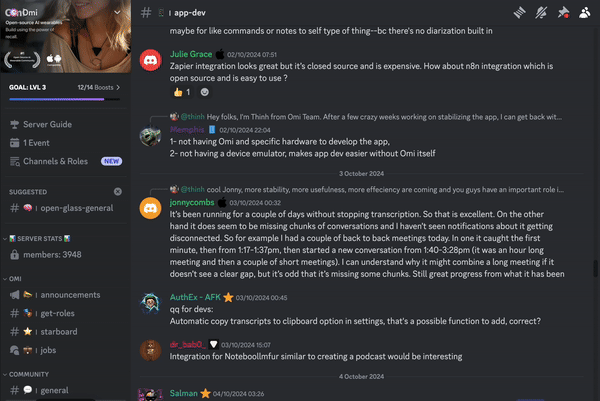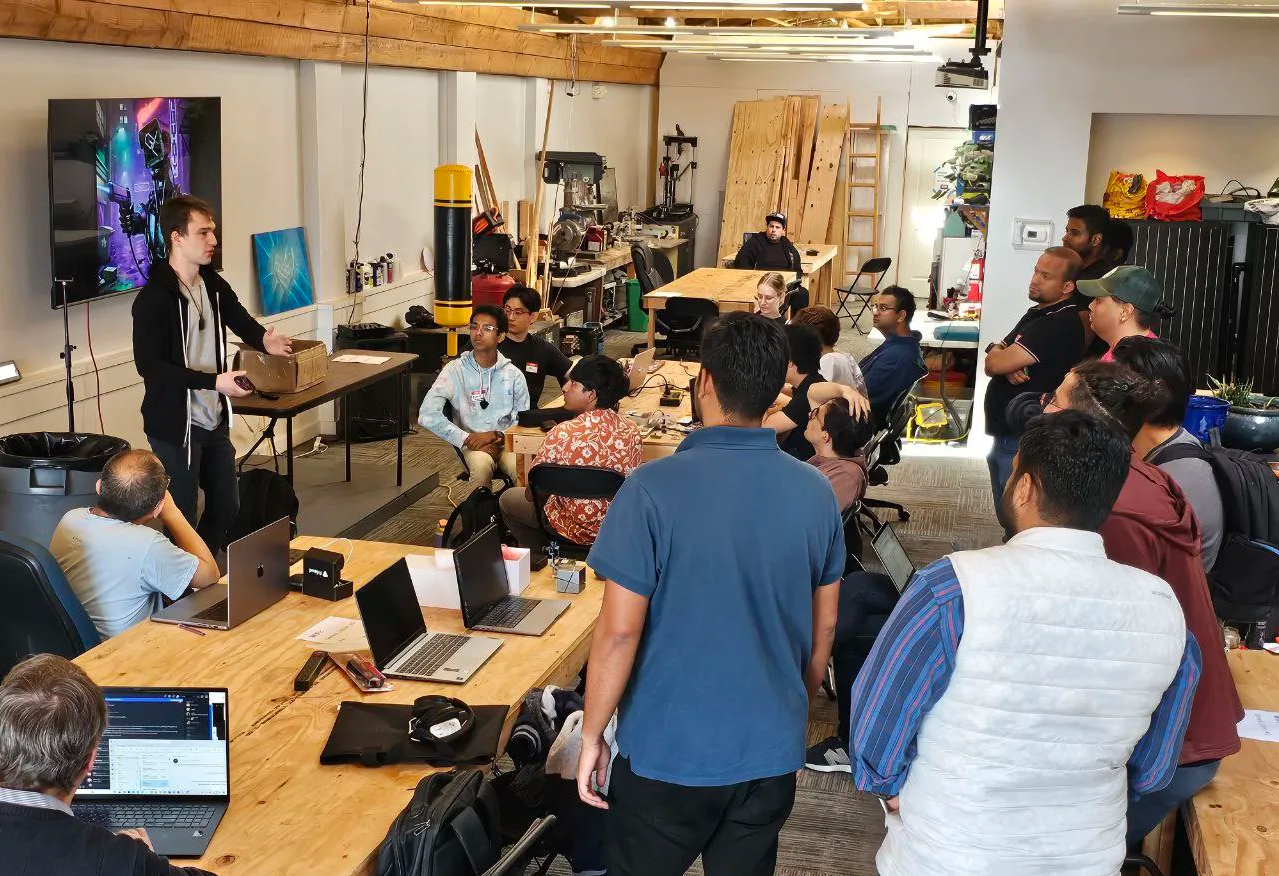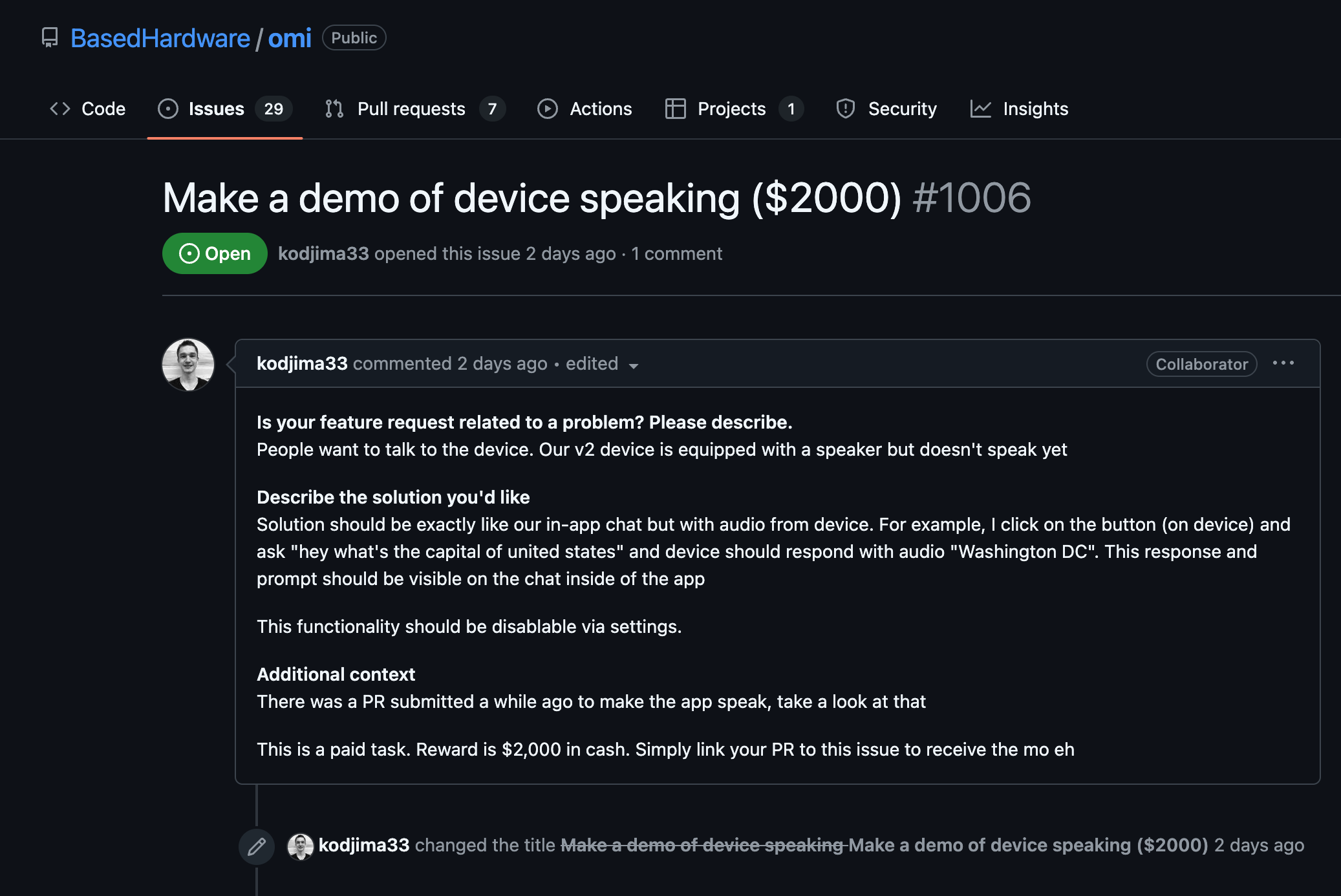Prerequisites
- Ensure you have Node.js and npm installed on your machine. You can verify this by running
node -v and npm -v in your terminal.
- Install the necessary packages for making HTTP requests and handling environment variables.
npm install axios dotenv
Set Up Environment Variables
- Create a
.env file at the root of your project directory.
- Add your IBM Watson Personality Insights API credentials to this file to keep them secure. This typically includes the API Key and URL.
API_KEY=your_api_key_here
API_URL=https://api.us-south.personality-insights.watson.cloud.ibm.com/instances/your_instance_id_here
Import Necessary Libraries
- In your Node.js application, import the required modules for handling requests and accessing environment variables.
require('dotenv').config();
const axios = require('axios');
Configure the API Client
- Set up an Axios instance configured with authentication and the necessary headers to communicate with the Watson API.
const apiClient = axios.create({
baseURL: process.env.API_URL,
auth: {
username: 'apikey', // This is the username when using API keys with IBM Watson
password: process.env.API_KEY
},
headers: {
'Content-Type': 'application/json',
'Accept': 'application/json',
}
});
Define the Request Payload
- Create a function that prepares the payload data you want to send to the API. Typically, this includes textual content which the API will analyze to provide personality insights.
function createPayload(text) {
return {
content: text,
content_type: 'text/plain',
consumption_preferences: true,
raw_scores: true
};
}
Send Request to the API
- Create a function that makes a POST request to the API endpoint using the configured Axios instance and the payload function crafted earlier.
async function getPersonalityInsights(text) {
try {
const payload = createPayload(text);
const response = await apiClient.post('/v3/profile', payload, {
params: {
version: '2020-06-20' // Ensure the API version is set correctly
}
});
return response.data;
} catch (error) {
console.error('Error fetching personality insights:', error);
}
}
Example Usage
- Invoke the function in your application, passing the desired text for analysis, and handle the response to utilize the insights accordingly.
(async function() {
const text = "Your text content goes here that you want Watson to analyze.";
const insights = await getPersonalityInsights(text);
console.log(JSON.stringify(insights, null, 2));
})();
Handle API Limits and Errors
- Ensure your application gracefully handles errors and complies with API rate limits by implementing retry logic or backoff strategies as needed.
- Consider adding more sophisticated error handling mechanisms to deal with network issues or API-specific errors.
// Example of a more robust error handling
async function getPersonalityInsights(text) {
try {
const payload = createPayload(text);
const response = await apiClient.post('/v3/profile', payload, {
params: {
version: '2020-06-20'
}
});
return response.data;
} catch (error) {
if (error.response) {
console.error('API Error:', error.response.data);
} else if (error.request) {
console.error('No response received:', error.request);
} else {
console.error('Error setting up request:', error.message);
}
}
}
























